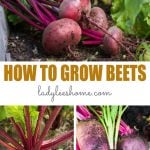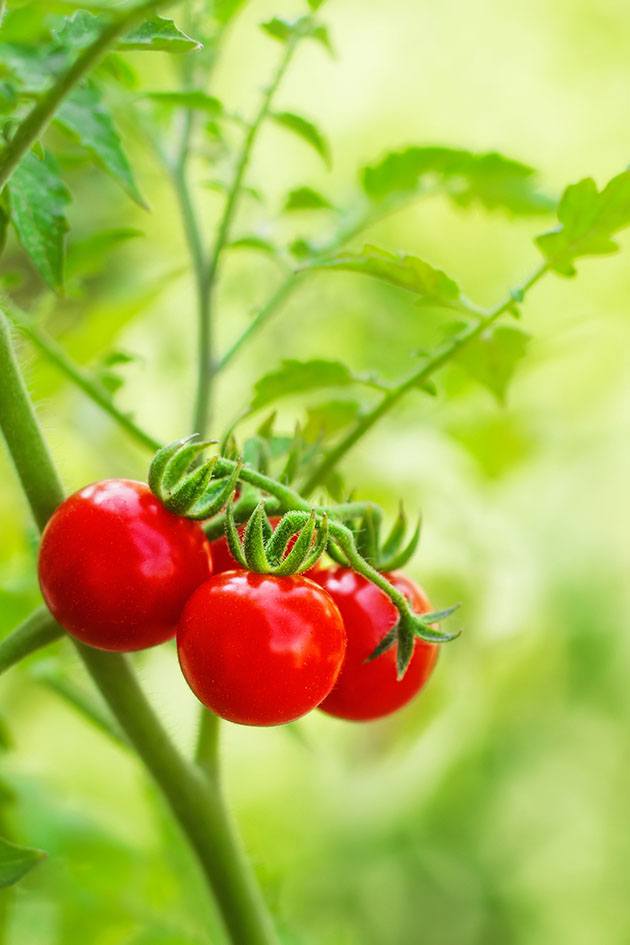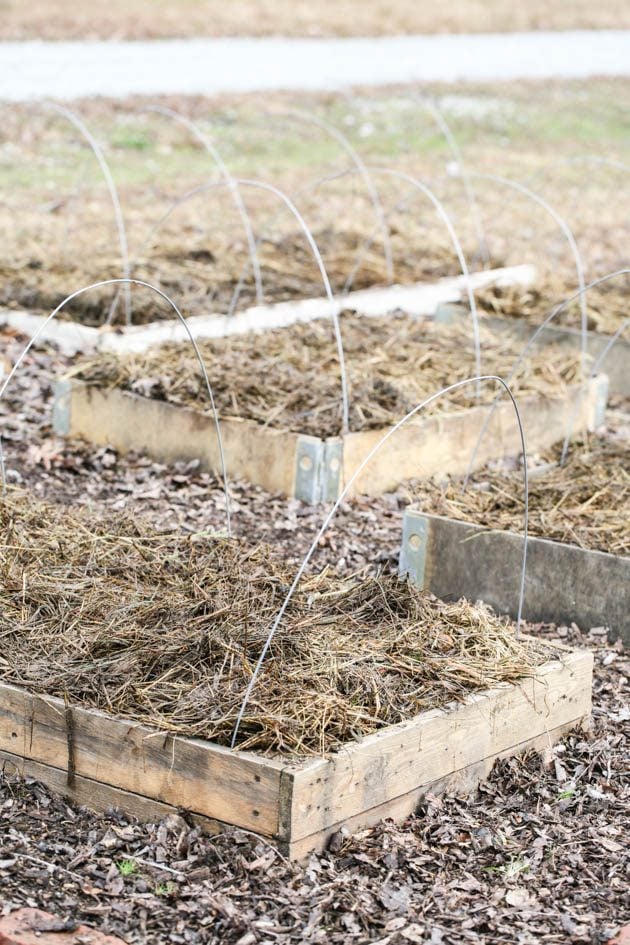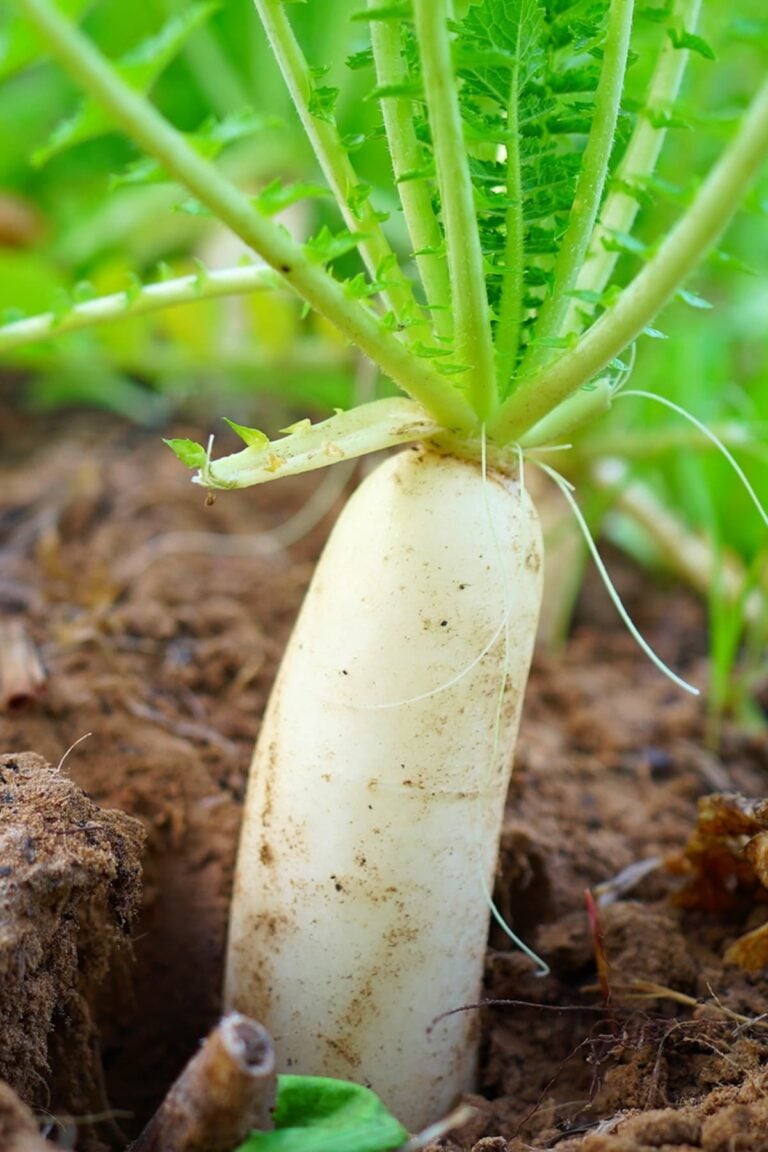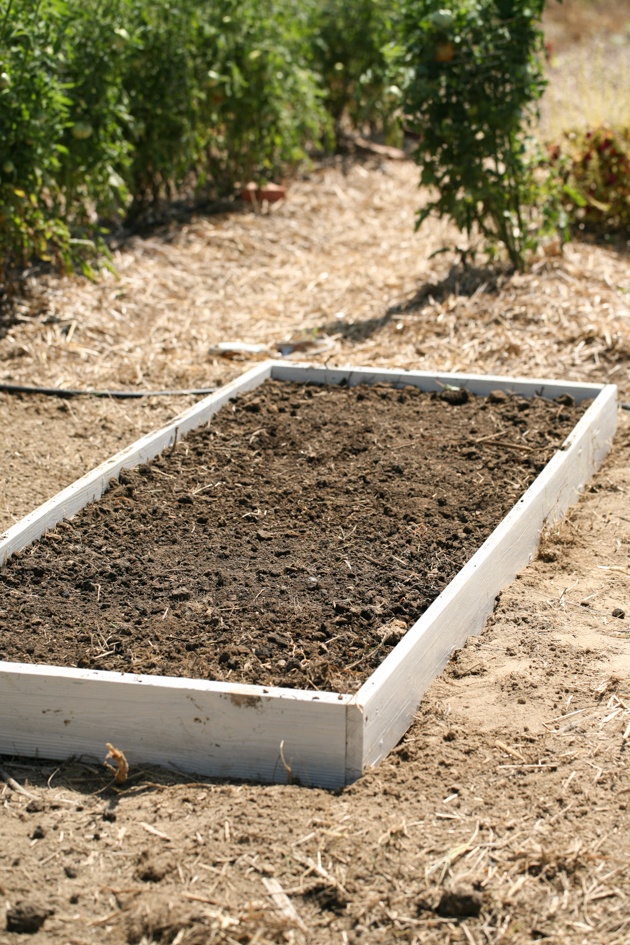How to Grow Beets
This post may contain affiliate links, view our disclosure policy for details.
Learn how to grow beets for maximum production. Beets can be a little tricky to grow and they might not be the easiest but the effort is well worth it! In this post, you’ll find all the information that you need to know about growing beets in the home garden.
I remember how frustrated I was the first few years that I tried to grow beets. One year, they didn’t germinate. The next, they germinated but didn’t grow more than a few inches, and the next year after that, they grew great greens but there was no root…
I really, really wanted to give up but I also really, really love beets so I decided that no matter how long it’s going to take, I am going to figure this out. I really wanted to learn how to grow beets in my garden.
How to Grow Beets…
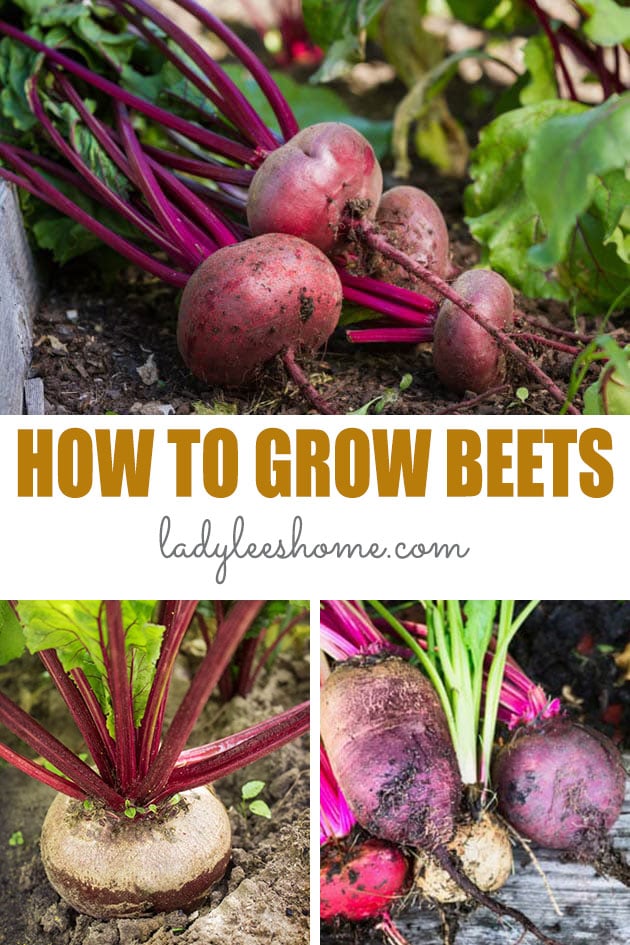
Beets are not only delicious and healthy, they are also a great storage crop. They last a very long time in cold storage and here in the South, I can even leave them in the garden (covered) all winter long and harvest whenever I want (more on this later).
It took some learning and a lot of experimenting but I can now say that I’ve figured it out. In this post, I want to give you everything that I know about growing beets because honestly, the information out there makes me cringe!
Varieties of Beets For the Home Garden…
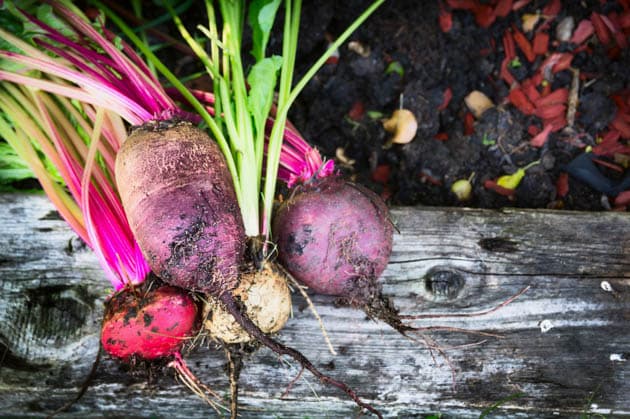
We grow beets as an annual plant (even though it’s a biennial and can stay in the ground for two years). Beets are cold weather crops and don’t do very well in the heat of the summer. Most gardeners plant them in early spring or in late summer for fall and winter harvest. If you live in a cold climate with a short summer, you’ll probably be able to grow them through the summer months.
Beets come in different shapes and colors. The common beet is round with purple stems and green leaves that have purple veins, but you can find white beets (Avalanche), orange/yellow beets (Boldor or Touchstone Gold), and beetroots with white rings (Chioggia).
You’ll also be able to find a few varieties that grow long roots instead of round roots (Cylindra) and a few baby beet varieties (Babybeet).
For a main crop, try to stick to the tried and true varieties. These are Boro, Bull’s Red, Red Ace, Detroit Dark Red, and Merlin.
One very important thing about beet seeds that you should know and take into consideration is that almost all beet seeds contain 2-3 embryos, meaning 2 or 3 plants will germinate from every seed that you sow resulting in a clump that you will need to thin to one plant. If you are looking for a beet variety that only has one embryo, you can try growing Moneta beets.
I purchase all of my beet seeds from Johnny’s Selected Seeds or Southern Exposure Seed Exchange.
When to Plant Beets…
This depends on if you are direct seeding or if you are going to start your beet seeds indoors, but generally, remember that beets are a cool-weather crop and don’t like the heat.
Direct seeding – if you are going to plant your beets directly in the garden, wait until the soil temperature is about 45 degrees F. Before that, the seeds will have a hard time germinating.
To check your soil temperature, simply stick a kitchen thermometer in the soil, wait a minute or two and read it. If you live in Texas, maybe your soil temperature is around 45 degrees F in the beginning of February, if you live in Maine, you might need to wait until the end of March…
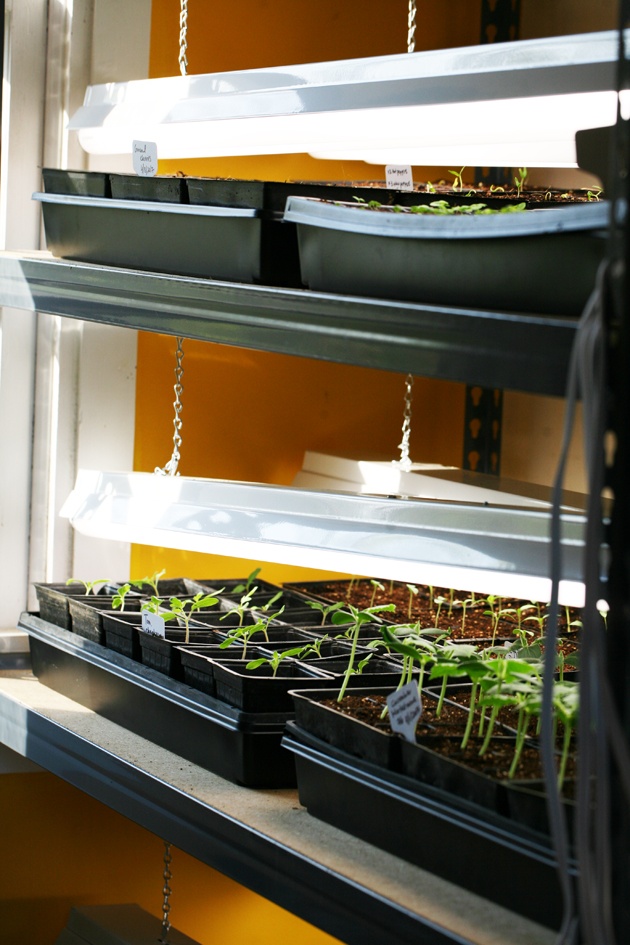
Starting beet seeds indoors – among the home gardeners, starting beet seeds indoors is not the most common thing… When we think about indoor seed starting, we usually think about tomatoes and cucumbers… Not beets.
Tip >> start your beet seeds indoors 5 to 6 weeks before it’s time to move them out to the garden (when soil temperature is around 45 degrees F).
The bottom line is… If you are starting seeds indoors or if you are direct seeding go by soil temperature and plant when it’s around 45 degrees F. Make sure to pay attention to the weather though… If your seeds germinated or if you transplanted tiny baby plants and the air temperature drops too low, you might need to cover your plants until the weather is more stable.
One more point to consider… Most beet varieties take around 50 days to reach maturity. You can keep planting beets every couple of weeks for a continuous supply but stop planting about 50 days before it gets too hot in your area.
Here in the South, by mid June the weather is too hot for beets (mid-upper 80s) so it doesn’t make sense for me to plant beets in mid May because they won’t have enough time to reach maturity. I can plant beets from early February to mid April or so.
Fall planting – we only talked about spring planting for spring and summer harvest but what about planting beets in the fall?
The same works here too… At the end of summer, the soil is too warm for the beet seeds to germinate, we want to wait a bit until the soil cools down and air temperature cools down a bit. So we have two options here…
Option 1 is to start beet seeds indoors. The house is cooled by the AC unit and conditions are perfect inside. Let’s say that it cools down in your area in mid-September, start your beet seeds indoors at the beginning of August and by mid- September they will be ready to go out to the garden.
Option 2 is to direct seed in mid-September. If you choose to do that, you might need to get ready to protect your plants from the cold weather later in the season by covering them with an agriculture fabric or a greenhouse plastic. And remember to stop planting about 50 days before it gets too cold.
Soil Requirements for Growing Beets…
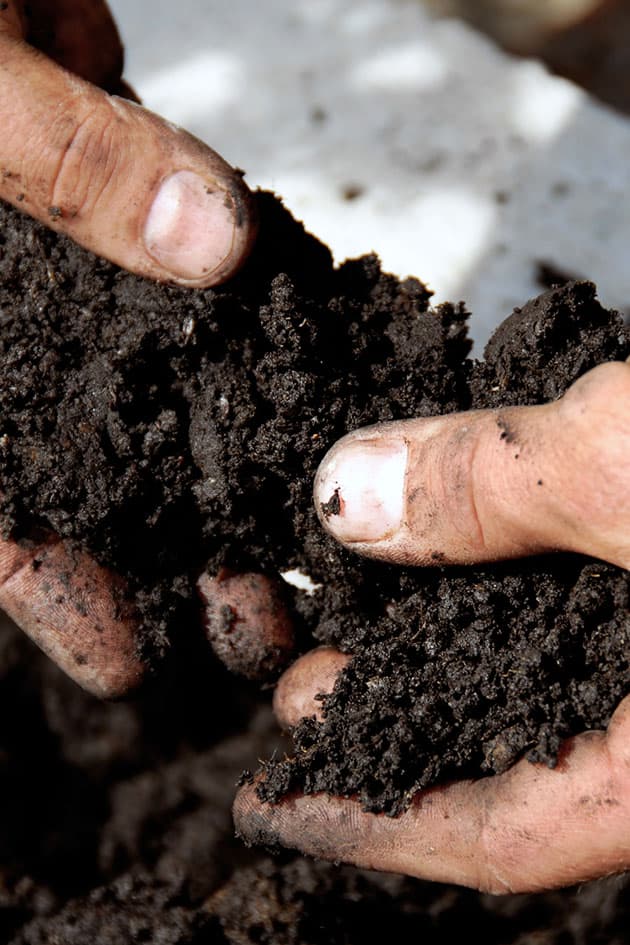
Beets love growing in loose, rich, well-drained soil, with a pH above 6.0, preferably around 6.5. I find that they are heavy feeders and will grow best in soil that has a high amount of compost or manure mixed in.
I’ve always had more success growing beets in raised beds. I think that it’s because my raised beds are full of animal manure and fluffy rich soil (I talk about how I do this in this video). However, there should be no problem growing beets in traditional garden rows.
Since beets are a cold-weather crop we can plant them pretty early in the year. I make sure to prepare my garden for winter in a way that I have nothing to do in the spring and the garden is ready for planting.
Tip >> If you find that your beet plants don’t grow large and beautiful beetroots and that their tops are not green and vibrant and healthy, it might be because your soil is lacking Boron which is a mineral that beets need in order to grow well. To add Boron to your garden soil, you can sprinkle 1-1.5 tablespoons of Borax per 100 feet and mix it gently with the top layer of your garden soil before planting. Or you can dissolve it in water instead and water your plants. Make sure to not overdo this though.
How to Plant Beets…
Beet seeds aren’t too small so it’s pretty easy to plant them by hand…
Planting beets indoors – use a mixture of seed starting soil with some worm castings mixed in it. Use a 128 cell flat or a 72 cell flat (I prefer 128 cell flat for beets) with a leak proof tray under it. Plant one seed in a cell and if more than one plant germinates make sure to thin to one plant per cell. I go over everything that you need to know about starting seeds indoors in my post The Complete Guide to Indoor Seed Starting.
Start your beet seeds indoors 5-6 weeks before it’s time to move them outside (when soil temperature is around 45 degrees F and air temperature is in the 50s).
When you transplant your beet seeds to the garden, space them about 4 inches from each other in all directions. Read How to Transplant Seedlings so you do this correctly and don’t kill anything in the process.
Direct seeding beets – if you choose to direct seed beets, dig a trench about an inch deep and sprinkle the seeds into the trench. Cover the seeds and press the soil down so you have a good seed/soil contact and make sure that the ground stays moist until the seeds germinate and for the next two or three weeks.
After a couple of weeks, you’ll have to thin your beets so they have about 4” between them in all directions (don’t forget that you can use the beet greens in salads). You’ll read in many places that you have to space your rows 12-18” apart but I really don’t think that it’s necessary. If you have rich soil it should be able to support this amount of beets with no issue.
You might read that beets like growing in clumps of two or three but I don’t find this true. I’ve always had a much better result if I thinned my plants to just one plant every 4”. If I leave them in clumps the beets are small and it’s too hard to use them in the kitchen.
You can keep planting beets in two week intervals until 8 weeks before it’s too hot or too cold outside for them.
How to Care For Beet Plants…
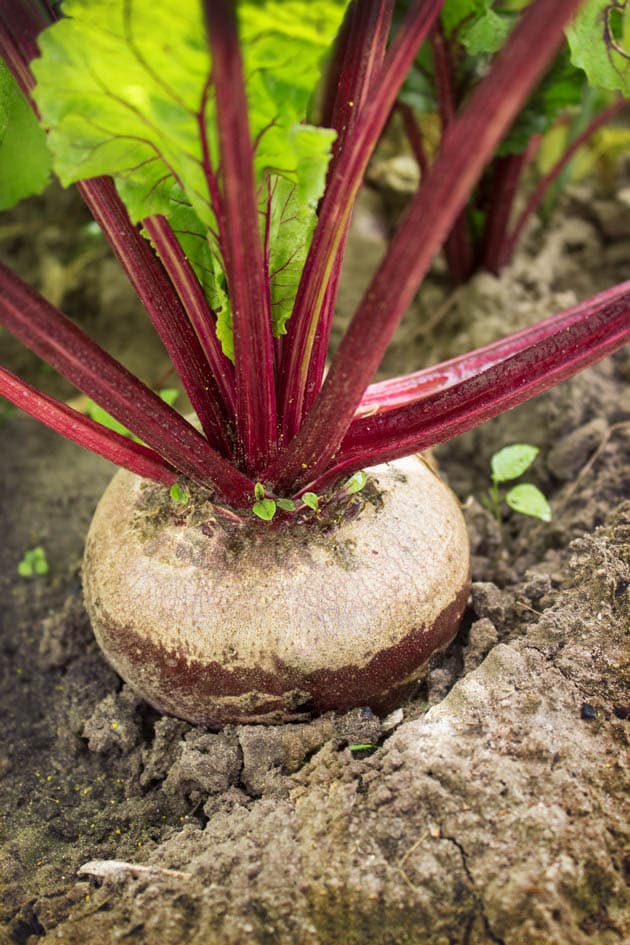
Once your beets are in the ground and starting to grow, there are a few things that you need to do…
Water – like most other garden vegetables, beets need one inch of water a week. Keep your beets well watered to prevent scab which are raised brown rough spots on the mature roots.
Pests – I’ve honestly never had any pest problems with beets. The challenge for me was always the ducks, chickens, bunnies, and deer. They all seem to love beet tops and I really can’t blame them. If your garden is fenced, you probably won’t have this problem. If you notice any pests on the leaves you can use neem oil to keep them away.
Fertilizing – I personally consider beets heavy feeders just like tomatoes! They take a whole lot from the soil and even if your soil is super rich I still say… Feed your beets!
Tip >> use fish emulsion (mix it with water according to the label) to fertilize your beets every two or three weeks during the growing season.
Cover your beets – I found that air temperature in early spring is as steady as the Hulk’s temper (at least where I live). I get a much better crop if I step in and give the beets some help in early spring by covering them with an agriculture fabric or 4 mil greenhouse clear plastic.
So let’s say that I planted a bed of beets in early February, this bed is going to be covered probably until the end of March when the air temperature is more steady. I might use the plastic for the first few weeks to raise the temperature around the plants a bit and will change it later to fabric when the days become a little warmer.
I also use the fabric and plastic in late fall and through the winter to protect the plants from the cold (more on this later).
Tip >> cover your beets plants to help them in early spring and late fall. Equipment that I use: wire hoops, 4.0 mil row cover (you can also find it at your local Lowe’s), and frost protection row fabric.
How to Harvest Beets…
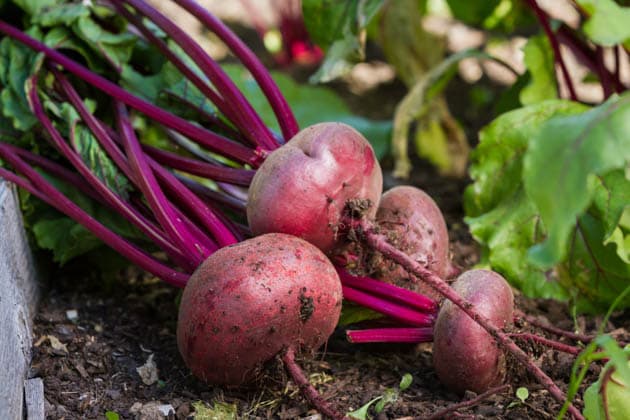
Most beet varieties are ready for harvest around 50 days after planting. The round, purple beetroot will poke out of the ground and you’ll be able to see when it’s ready. You don’t have to wait until your beets reach their full size, though. You can harvest them as baby beets as well.
Harvesting beets is very simple, you simply pull them out of the ground. Make sure to just brush the soil off but don’t wash until you are ready to use them.
Tip >> beets are a great winter crop! Plant a whole lot of beets during the fall so that they reach maturity before the weather gets too cold. Then, cover your beets with frost protection fabric or a greenhouse plastic and you have yourself fresh beets for the whole winter! The soil cools and acts as a refrigerator, when you want to harvest, uncover the bed, harvest as many beets as you want, and cover the bed again.
How to Store Fresh Beets…
Beets are a great storage crop. Aside from the option of keeping them in the ground all winter as I described above, you can also store them in the fridge or in a root cellar.
Never wash your vegetables before storage! Just brush the soil off and store. Wash the roots before you use them. If you store them in the fridge you can simply place them in a produce bag or wrap them in newspaper. If you store your beets in a root cellar you can place them in bins filled with moist potting soil.
How to Use Fresh Beets…
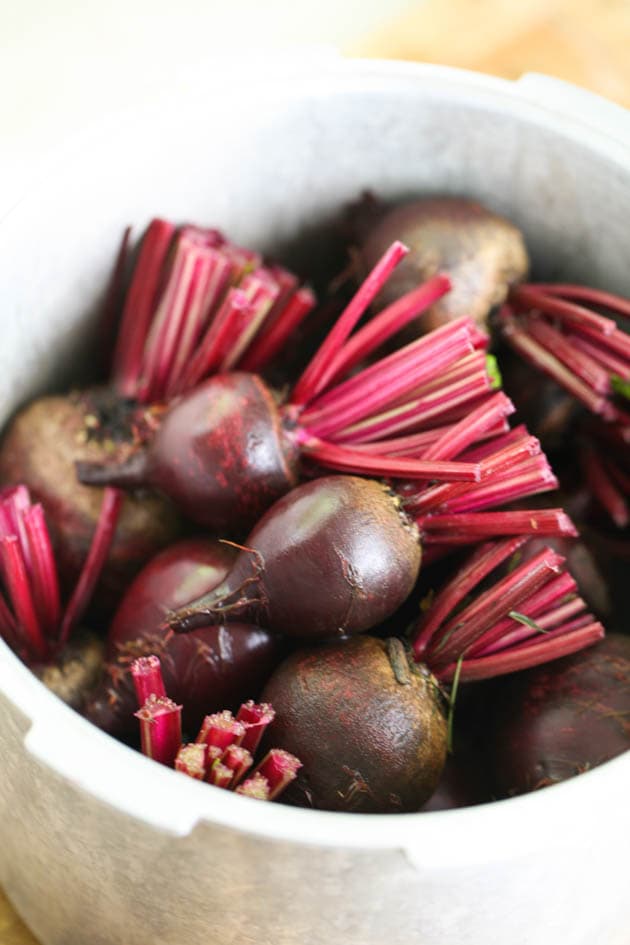
Oh the possibilities! There are so many ways to use fresh garden beets…
Using fresh beets in recipes – there are so many but my favorite is this Israeli beet salad. I also love this beetroot and pumpkin salad in the fall. You can use beets for both savory and sweet dishes. I’ve seen recipes for beet brownies and pancakes and a few different baked goods. Pinterest is a great place to search for beet recipes.
Beet tops and stems are edible as well. You can saute them, add them to casseroles, use them to fill savory baked goods, and to make veggie patties.
Preserving beets – beets can be canned in the pressure canner. You can dry beets and make beet chips in the oven in a similar way to how we make apple chips or you can dehydrate beets in the dehydrator. I also love fermenting beets! It’s super simple and fun and it’s a great way to keep the beets fresh. And, of course, you can also pickle beets!
Freezing beet tops – if you want to store beet tops I suggest steaming them until they wilt, squeeze as much liquid from them as possible, measure, and place in a ziplock bag in the freezer. I show you how I do the exact same thing with spinach leaves in this short video.
I hope that this post gave you a better understanding of how to grow beets. I don’t consider them an easy crop to grow, it takes a little bit of effort, but it’s really worth it. Not only are beets healthy, tasty, and can be used in many recipes, they are also a great storage crop which makes them a great vegetable for a homesteader to grow!
If you liked this post, you might like these ones as well…
The Complete Guide For Growing Potatoes
How to Grow Mint From Cuttings
5 Easiest Cold Weather Crops to Grow in the Home Garden
View the Web Story for this post.

